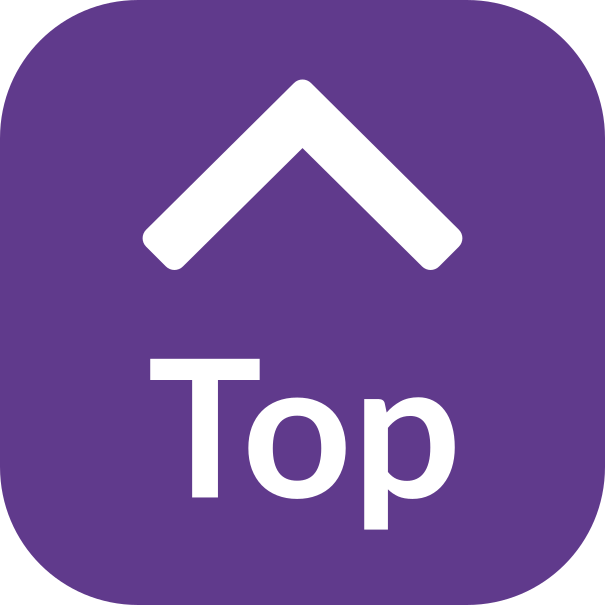Heatstroke
What is Heatstroke?
Heatstroke is caused by a failure in the thermostat in the brain, which regulates the body temperature. The body then becomes dangerously overheated, usually due to a high fever or prolonged exposure to heat.
Signs of Heatstroke
- Headache
- Nausea
- An intense thirst
- Dizziness and discomfort
- Restlessness and confusion
- Hot, flushed and dry skin
- A rapid deterioration in the level of response
- A full bounding pulse
- A body temperature above 40 degrees Celsius or 104 degrees Fahrenheit
- Loss of consciousness
Treatment
Your aims are to lower the casualty’s body temperature as quickly as possible and to arrange urgent transportation to hospital.
- You need to quickly move the casualty to a cool place and remove as much of the outer clothing as possible.
- Call 999 and ask for an ambulance.
- Wrap the casualty in a cold wet sheet and keep the sheet wet until the temperature falls to 38 degrees Celsius, or 100.4 degrees Fahrenheit, under the tongue or under the armpit. Once the casualty’s temperature appears to have returned to normal, replace the wet sheet with a dry one.
- If no sheet is available, fan the casualty or sponge them down with cold water.
- Always monitor and record the vital signs: their level of response, pulse and breathing rate until help arrives.
- If the temperature starts to rise again, repeat the cooling process.
Other Useful Organisations
- NHS 111 is the new telephone service which has replaced NHS Direct. You can call 111 when you need medical help fast but it’s not a 999 emergency. NHS 111 is a fast and easy way to get the right help, whatever the time.
- NHS.UK is a website providing health and medical advice, an online symptom checker and a facility for searching for services near you.
Please note – The content on this website is provided for general information only, and should not be treated as a substitute for the medical advice of your own doctor or any other health care professional. If you are feeling unwell, make an appointment to see your GP or contact NHS 111. In an emergency, dial 999.
Last updated: August 6, 2020



 Share on Twitter
Share on Twitter

